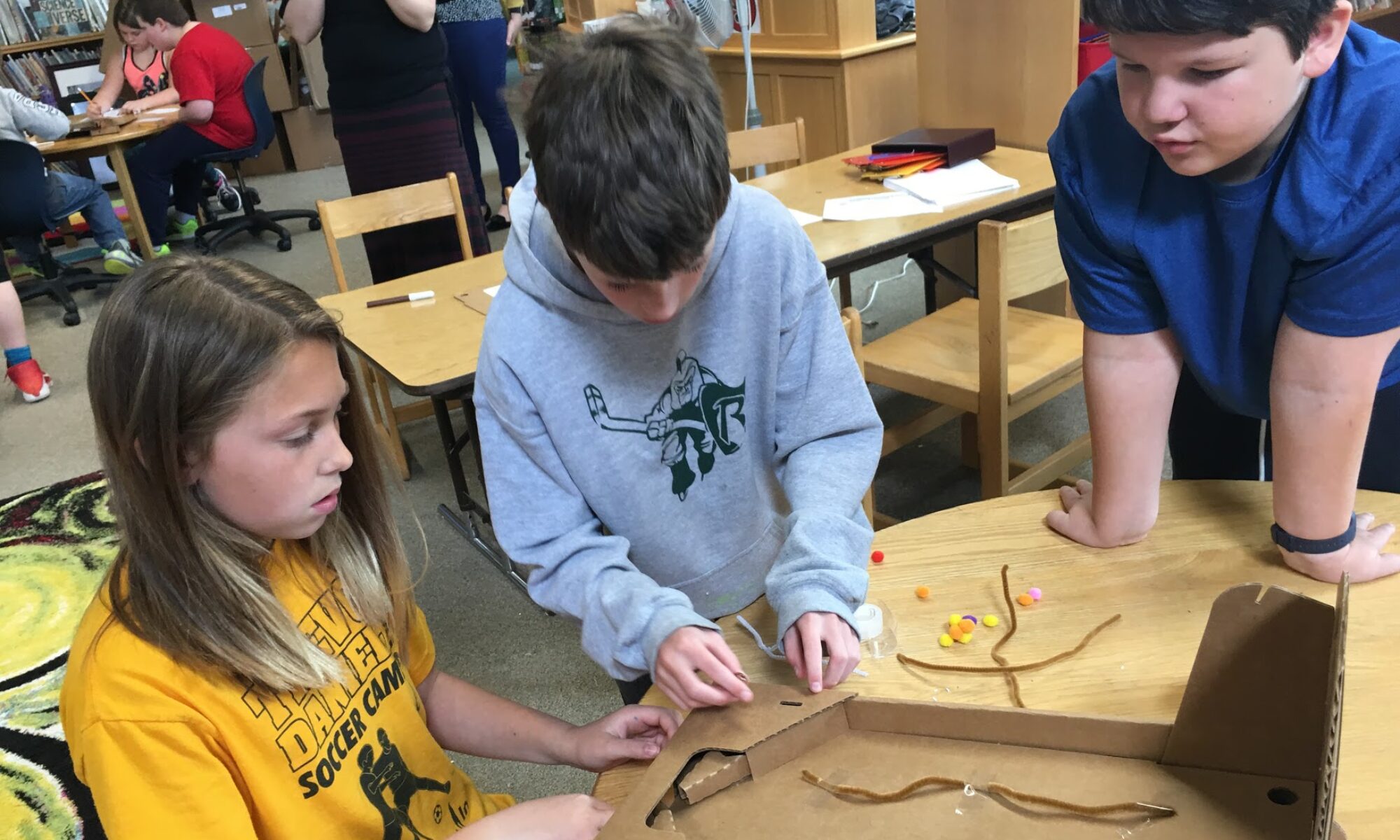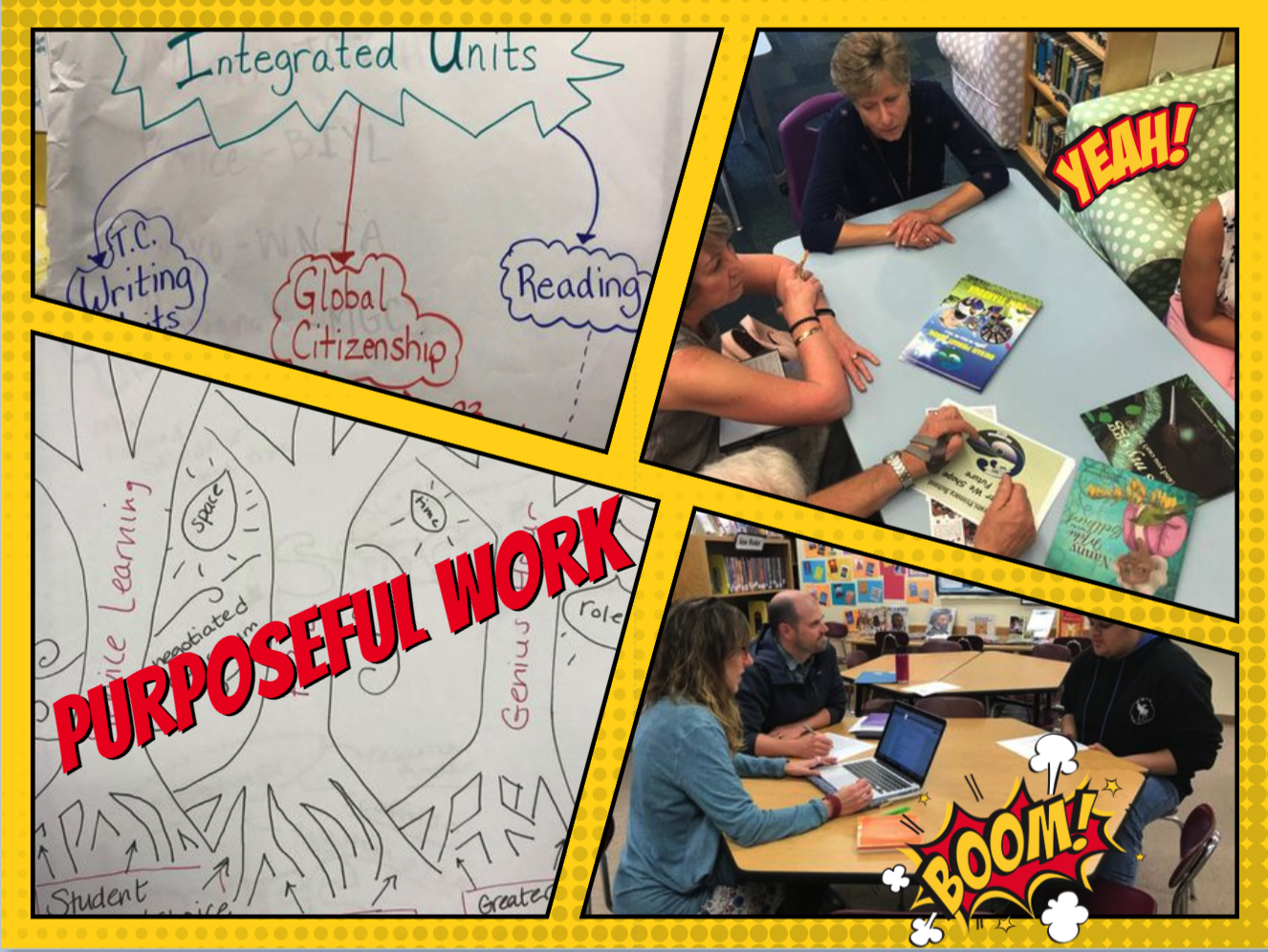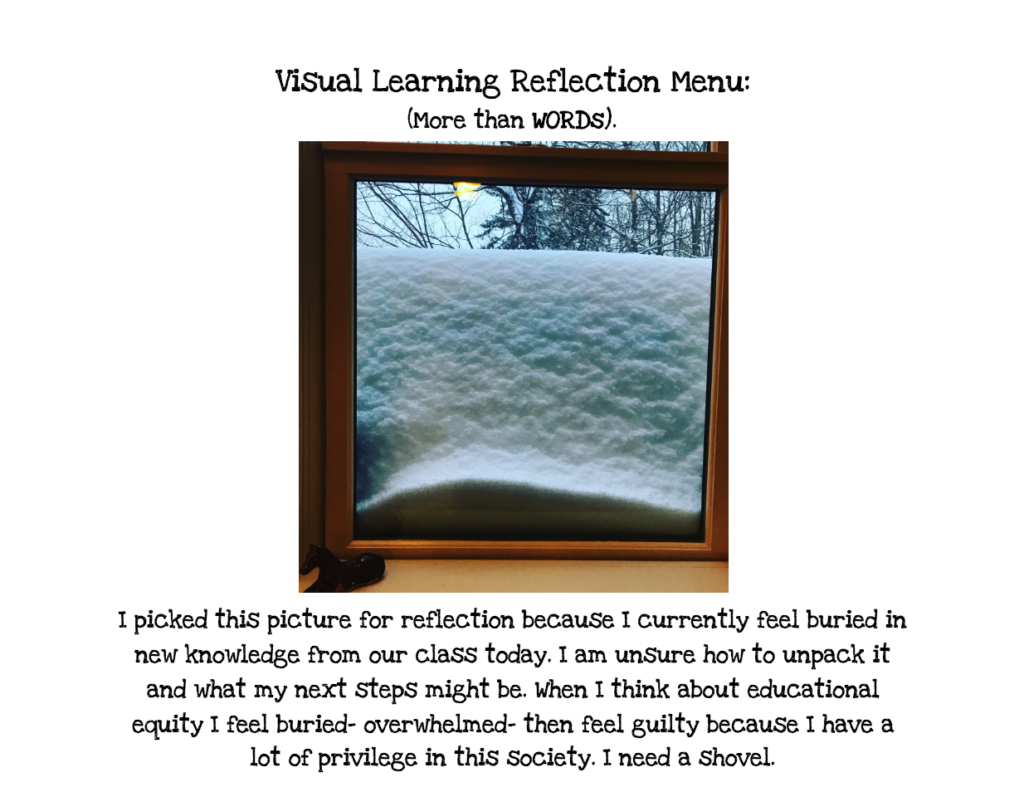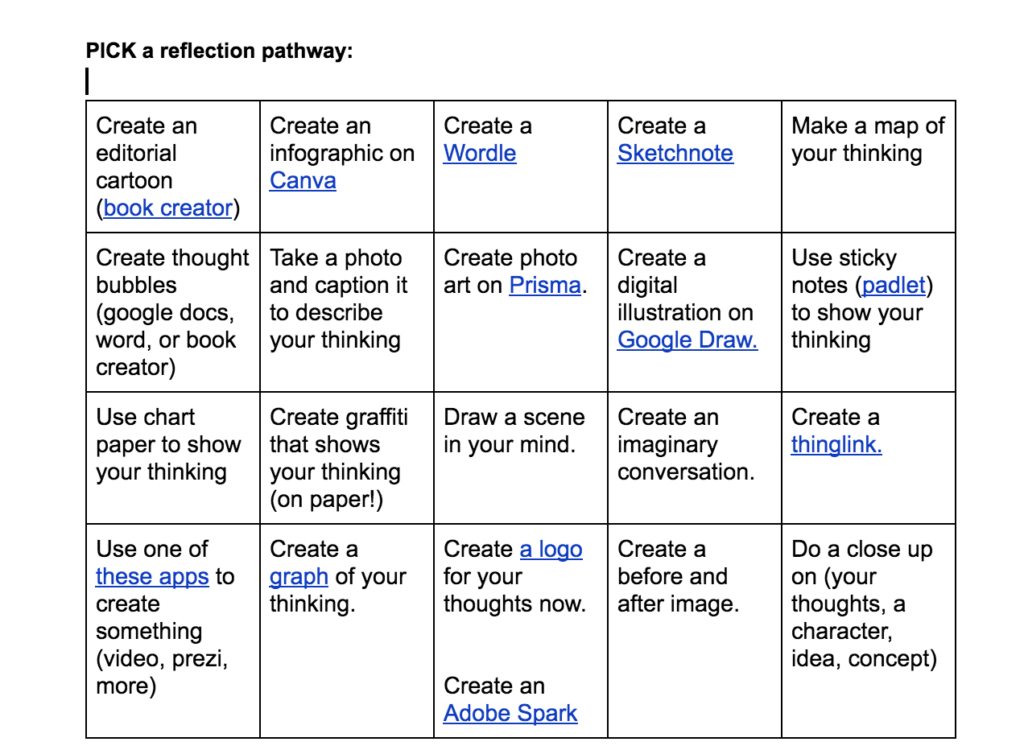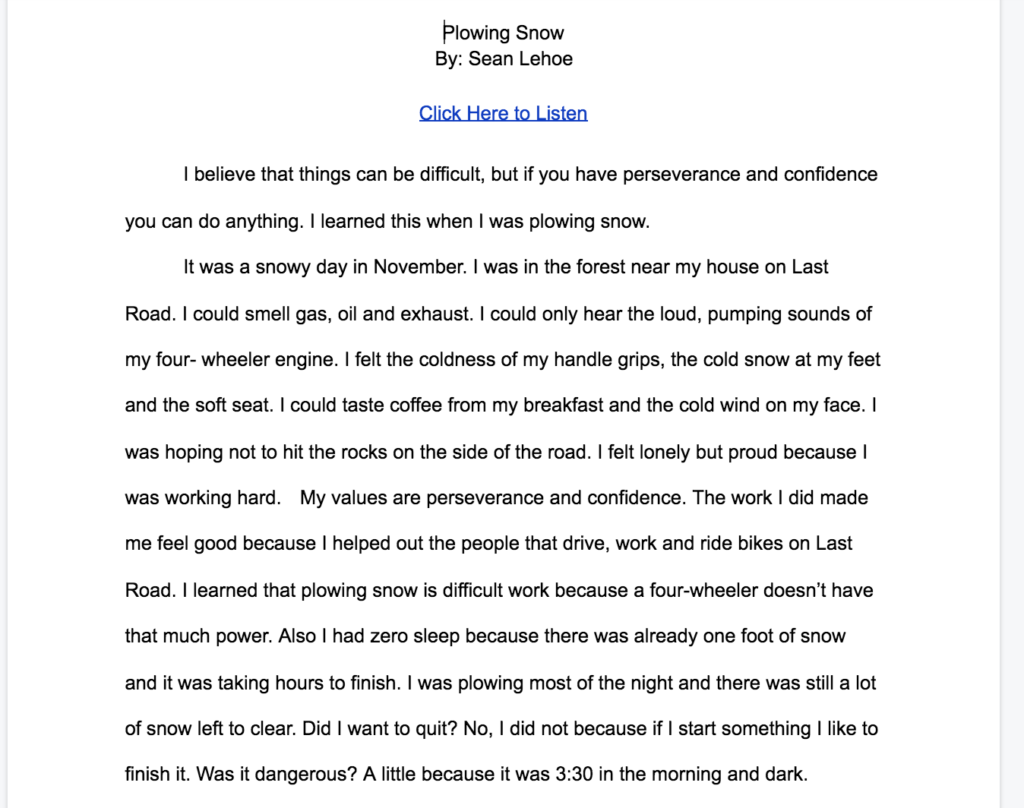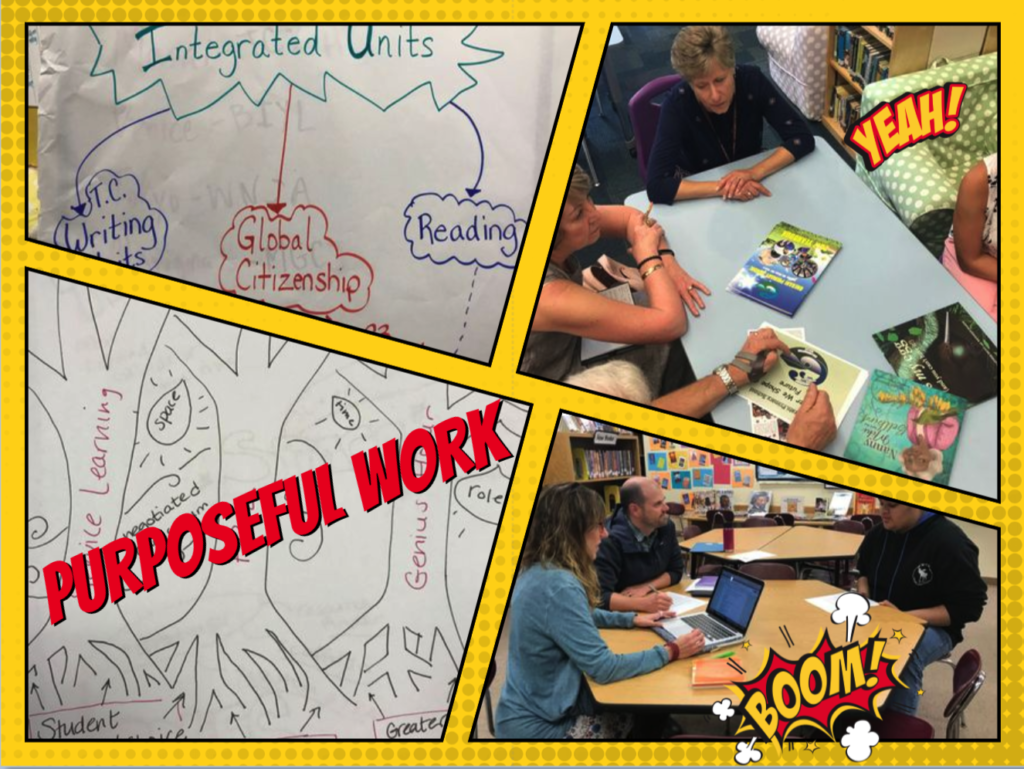There is very little learning without reflection. John Dewey himself noted:
“We do not learn from experience… we learn from reflecting on experience.”
So how do we get students reflecting in a way that is creative, dynamic, has choice, and doesn’t promote groans and sighs? We move away from “Please write 7 sentences about your learning,” and into other options, both with virtual and by hand options.
But, let’s consider, why reflection?
According to Ireland’s National Council for Curriculum and assessment, reflection helps students:
- become more aware of the knowledge and skills that they have developed, growing confidence and self-efficacy;
- identify their strengths and areas for growth and development;
- create new goals and develop and action plan for future learning;
- gain greater understanding of their own learning preferences and take more responsibility for their learning. (NCCA, 2015 (.pdf)).
Sound pretty dang aligned with the goals of personalized learning to me!
Also, the research is super sound about the benefit of reflection in both project-based and service learning. Without solid reflection, learning is limited and diminished. (cite).
Reflection can come in many forms other than the dreaded 7 sentence paragraph.
Visual Reflection
You can create choices for reflection by using a reflection menu to have students pick from. Model the tools first for students, showing them how they can use a visual as the basis of their reflection, and share either verbally or with limited words about what they created.
Here is a reflection menu I recently created for the faculty at the College of Education and Social Sciences here at UVM.
Audio Reflection
We have many tools at our finger tips for audio students reflection. One sits right there, called QuickTime, and students can record a bit of audio anytime. This can be less intimidating for students who don’t want to be seen but being heard is okay. The reflections can also be gathered into a nifty podcast as a project, as well, as we have shared here before, like this oh-so powerful podcast of student reflection of what they want you to know about school.
Audio can also be a lovely addition to any written piece, having students practice their reading fluency and expression, by embedding a little QuickTime link, like Sarah Adelman at Cabot did with her fifth and sixth grade students on their This I Believe essays. Check out this beautiful one about removing snow!
Video Reflection
Some educators are using Flipgrid to elicit reflection and make it a more social experience. Flipgrid describes itself as a “social learning platform that allows educators to ask a question, then the students respond in a video. Students are able to then respond to one another, creating a web of discussion. Responses can be fifteen seconds to five minutes in length. There are both paid and free versions of Flipgrid.
Check out this one created by the Tarrant Institute Staff last year to describe what we are thankful for (a lot!).
And here are the middle school students of Cabot describing some of their work in the Cabot Leads service learning program. We used Flipgrid to record student and teacher reflections on this program.
Add them all up for some creative reflection
I am just loving Book Creator lately. Have you seen it? It’s an incredibly easy to use book creator students can use to make projects, reflection, share info, just about anything. You can add images, audio, video, drawings, and snazzy graphics. This one is a page from a core values activity I did with the Burke Town School teachers. We reflected on our core values as educators, trimming them down to just three, then created a book to express those values.
